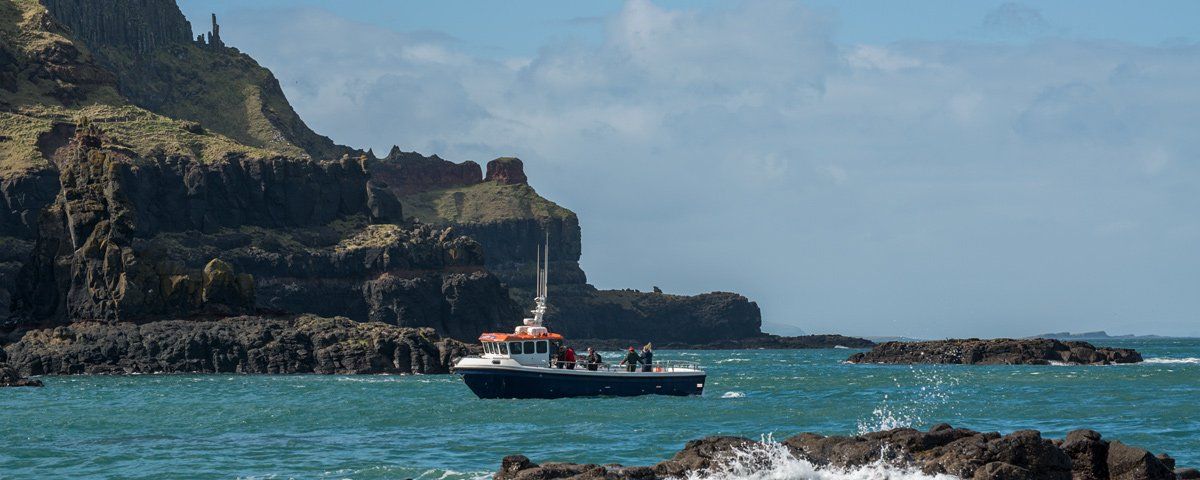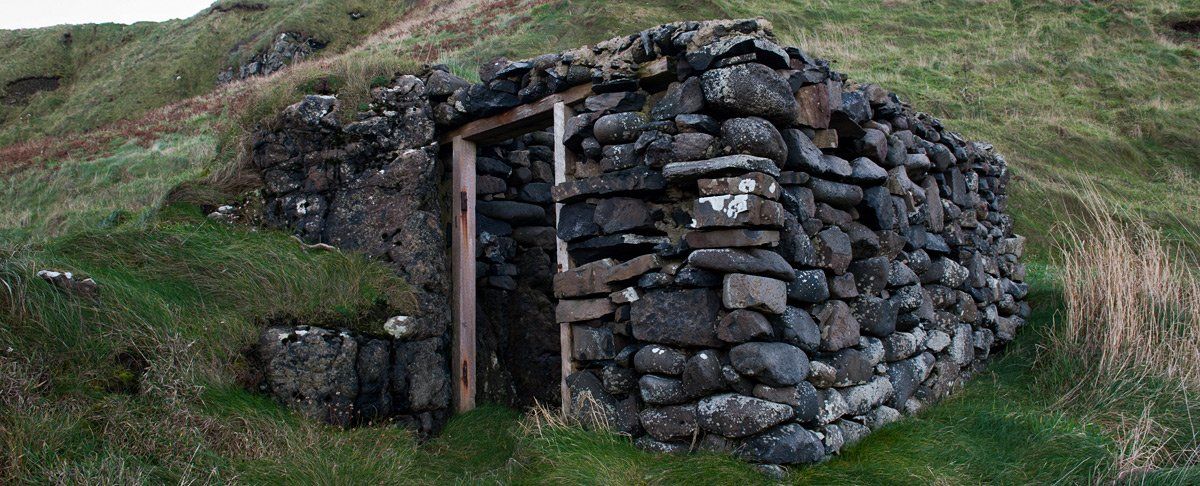The Giant's Causeway is accessible day or night without charge. A public right of way exists which was established in the High Court in Dublin in 1897, this allows unobstructed public access to the site at any time. For the 'Causeway Experience' which includes onsite parking and access to the visitor centre plus a guided tour of the Giants Causeway, a ticket is required. If you are a National Trust member admission is free and if you join the National Trust on the day you visit, your charges will be refunded. The walk down is just over a kilometre and takes around 10/15 minutes.
Access to the Causeway Stones is 24/7/ 365 days per year and no charge is applied to go there, no-one can stop you walking down the road (on the path), if they do they are out of their jurisdiction. They make their money by charging for parking and the 'Causeway Experience'. There is a Translink shuttle bus which runs up and down to the stones, this is a public service, you can walk to the Causeway and then take the bus down.
Today visitors are free to wander over the stones at will but this was not always the case, in the late 1800s the increasing numbers of visitors motivated a syndicate of businessmen to introduce a profitable charge to view the stones. For over a century there had been disputes of access and ownership which resulted in the stones being fenced off, access denied and several legal challenges made. In 1897 however, a lengthy legal battle between the syndicate, Giant's Causeway Company and local people eventually ended in the High Court in Dublin. The court ruled that the road to the stones was for public access to the foreshore, proof of this was in contractual documents between Antrim Borough Council and a contractor for the upkeep of the road between Dervock and the Causeway Stones.
The court ruled that this was a legitimate public road but they did not recognize free access over the stones. The Giant's Causeway Company subsequently improved the site, fenced off the stones and levied a charge of 6 pence to view them. It is with thanks to a group of local people who stood up for the 'right of way' that free access is enjoyed today. A house once stood at the point where the shuttle bus now turns, a caretaker lived here who monitored the stones and turnstile. On the right as you pass through the Giant's Gate stood a Victorian tea room - both have long since gone but postcards do remain. There is also nothing left of a two-hundred-year-old tradition where stalls belonging to local people lined the pathway that sweeps around Port Ganny leading to the Causeway. They were all systematically removed by the National Trust with the last local shop on the site going in recent years.
Local guides would show people around the area which included the ladies fan while local boatmen would row visitors around from the Brenther to view Portcoon Cave or view the spectacular Amphitheatre. Although we walk down today and see no-one working the shoreline in the past these bays would have supported dozens of local families, a common site would have been people gathering, drying and burning kelp while local fishermen would be manning one of several fishing boats that were kept at the Brenther in Port na Boe.





